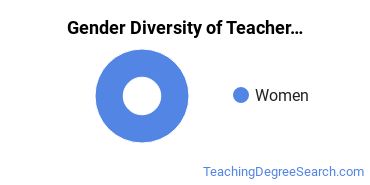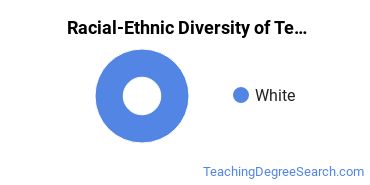Teacher Development & Methodology at Hood College
Every teacher development & methodology school has its own distinct culture and strengths. We've pulled together some statistics and other details to help you see how the teacher development & methodology program at Hood College stacks up to those at other schools.Hood is located in Frederick, Maryland and approximately 2,042 students attend the school each year.
Want to know more about the career opportunities in this field? Check out the Careers in Teacher Development & Methodology section at the bottom of this page.
Hood Teacher Development & Methodology Degrees Available
- Master’s Degree in Teacher Development & Methodology
Online Classes Are Available at Hood
Don't have the time or the flexibility in your schedule to take traditional classes? Online courses may be the perfect solution for you. They allow independent learners to study when and where they want to while offering the rigor of in-person classes.
Hood does offer online education options in teacher development & methodology for the following degree levels for those interested in distance learning:
- Master’s Degree
Hood Teacher Development & Methodology Rankings
Teacher Development & Methodology Student Demographics at Hood
Take a look at the following statistics related to the make-up of the teacher development & methodology majors at Hood College.
Hood Teacher Development & Methodology Master’s Program

Of the students who received a teacher development & methodology master's degree from Hood, 71% were white. This is above average for this degree on the natiowide level.
The following table and chart show the race/ethnicity for students who recently graduated from Hood College with a master's in teacher development & methodology.

| Race/Ethnicity | Number of Students |
|---|---|
| Asian | 0 |
| Black or African American | 0 |
| Hispanic or Latino | 1 |
| White | 5 |
| International Students | 0 |
| Other Races/Ethnicities | 1 |
Related Majors
References
*The racial-ethnic minorities count is calculated by taking the total number of students and subtracting white students, international students, and students whose race/ethnicity was unknown. This number is then divided by the total number of students at the school to obtain the racial-ethnic minorities percentage.
- College Factual
- National Center for Education Statistics
- O*NET Online
- Image Credit: By Andrew.Belair under License
More about our data sources and methodologies.
